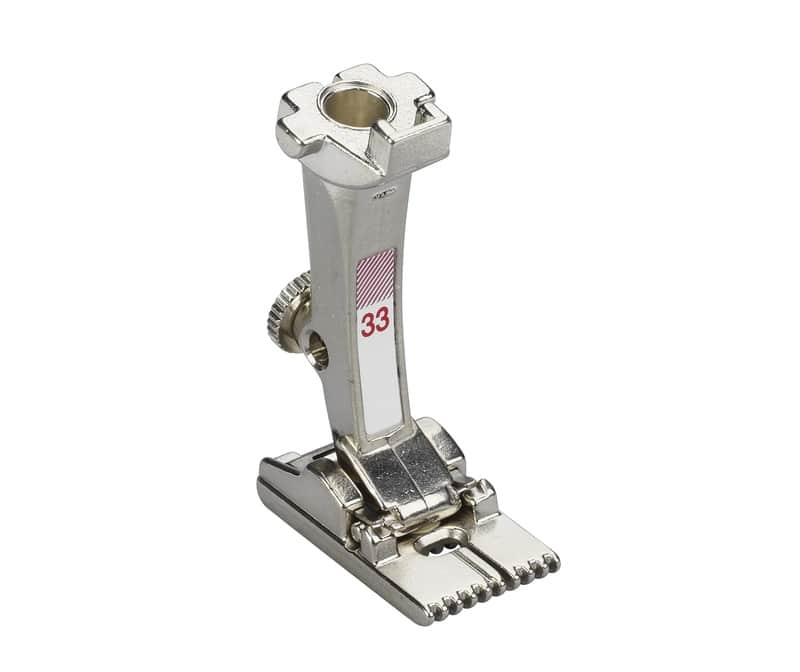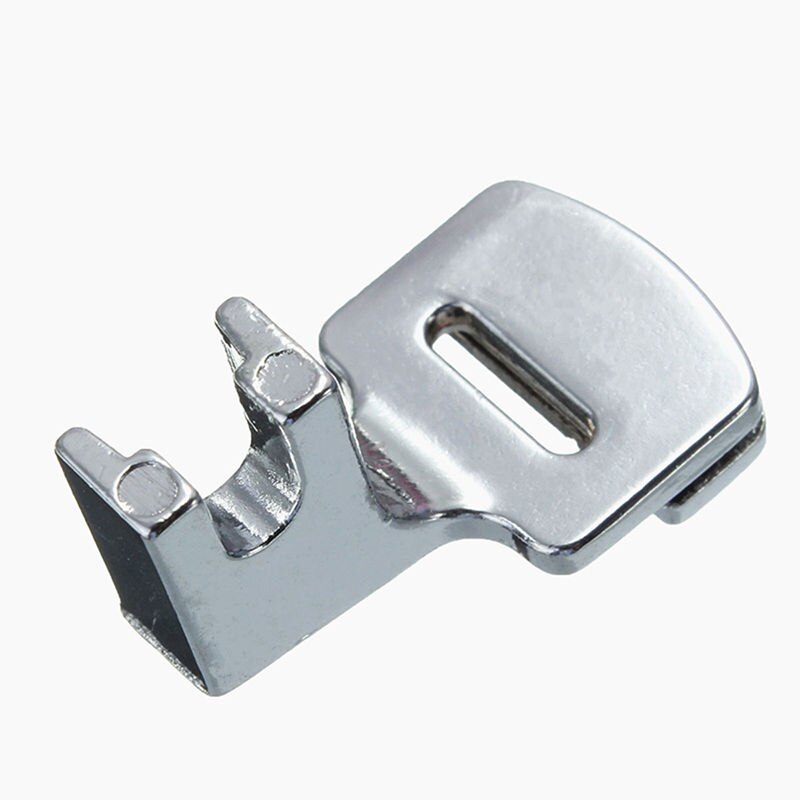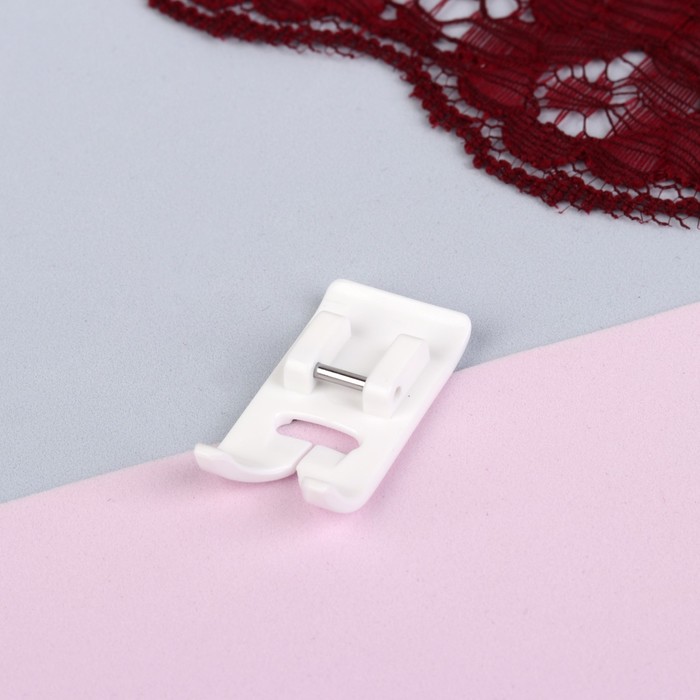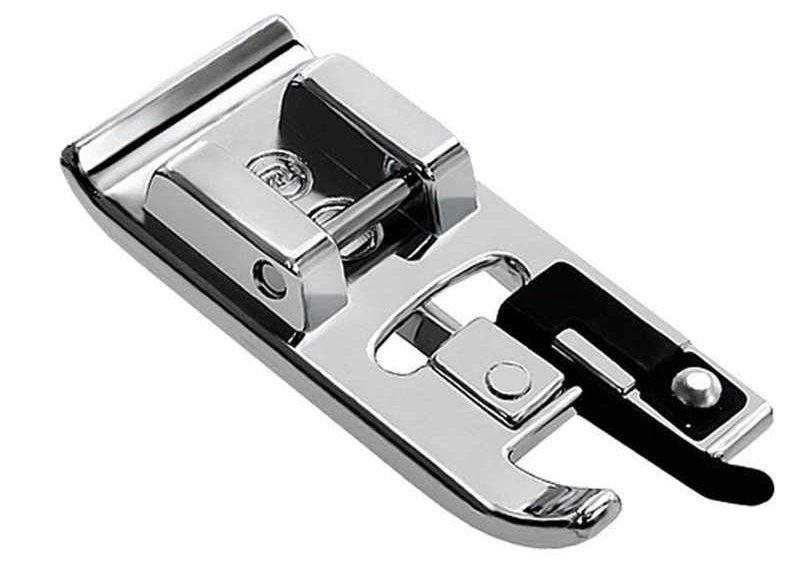Presser feet in sewing machines are called special structural element, which is required for work. Their purpose is to hold and move material along a strictly defined path. However, due to the fact that there are so many types of sewing machine feet, it is not easy to understand which ones are really needed. This question is especially interesting for those who are just starting to master handicraft art.
Features and types
Presser feet for sewing machines are movable, removable elements made of various alloys. They can fix both one and several layers of material. In addition, their use allows you to perform such operations as sewing bias tape, buttons, inserting zippers, hemming edges, and creating a beautiful edging. And those feet that are designed specifically for decorative finishing work will help you embroider fabric with beads, ribbon, and cord.
Depending on the operations performed, the paws can be universal or highly specialized. In addition, they are also divided into the following types.
Standard/zigzag
Material of manufacture: metal. This foot is used to create straight or zigzag threads. Present on all models by default.

Walking (upper conveyor)
May be included as an extra. Necessary to prevent layers from shifting when processing suede, leather and any other dense material. Helps quilt blankets or blankets.

Snail
Designed for creating bias binding or for sewing on an already made border. In the latter option, the fabric, while passing through the foot, lies along the edge in a strip with a special hem.

For lightning
There are a lot of options here. There are feet that help you sew in for surface, right or left sewing. Most often, such a device complements every sewing machine by default.

For buttons
The foot is indispensable for craftswomen who hate sewing them. The thread passes through the holes in a zigzag.

Hemming
A special variety that is used for hemming the bottom. There may be several types, differing in width.
Knitted
The name speaks for itself. The foot is designed to work with well-stretchable stretch materials. The sole is equipped with a special rubber pad that prevents the fabric from sagging. The main thing is not to forget that when working you need to choose only low speed.

For tucks
These feet are used to create parallel tucks and sew on cords. They have special notches that prevent the lines from moving.

Quilting
It will be useful for needlewomen who like to work using patchwork and appliqué techniques. The device allows you to create seams of different lengths and stitches of different widths.

Assembly
Helps avoid lengthy manual assembly of products.

Teflon
Why is such a detail needed? For working with natural and eco-leather, suede. It helps to make the seams even and strong, without gaps or pulls. In some cases, it can be replaced with a roller one.
Important! Depending on the material of manufacture, the paws can also be metal, plastic and have silicone or rubber linings.

With limiter
They are used in industrial production when sewing cuts, wasting or creating blind stitches. Such paws can be divided into separate models.

Overcasting
Contains an overcasting element that trims the edge before the next overstitching. The main thing is to remember to make sure that the edge fits tightly to the guide.

Nuances of use
There are quite a lot of subtleties in handling sewing machine feet. However, first of all, you need to consider the following points:
- working with bias tape involves basting the fabric by hand;
- if there is a need to sew on a button, you should use only those that are flat;
- sewing in a zipper will be possible if you start the stitching from the top;
- for those who want sewing on thick fabrics to be more convenient, it is important to set the needle to the middle position and make the stitch about 5 mm;
- A backing plate will help make working with multi-layered areas easier.
The main thing to remember when making a purchase is that there is a big difference between the feet for professional and household machines. In addition, it is worth considering the manufacturer. Spare parts from one machine may not be suitable for use on another model.


 0
0




